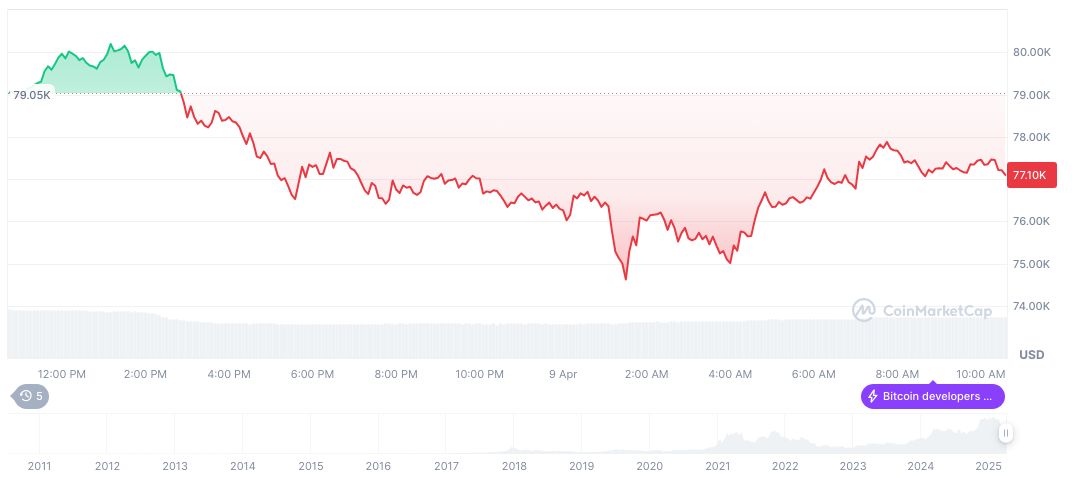- Loretta Mester predicts U.S. economic growth to fall below trend.
- Fed’s monetary policy will adapt to inflation changes.
- New tariffs may significantly impact unemployment and market spending.
Loretta Mester, President of the Federal Reserve Bank of Cleveland, highlighted on April 9, 2025, that U.S. economic growth might fall substantially below trend with rising tariffs.
Mester’s remarks reflect how tariffs are positioned to affect economic growth, translating into shifts in the Federal Reserve’s monetary stance.
Tariffs Threaten U.S. Growth and Market Stability
Loretta Mester expressed concerns that U.S. economic growth could decline below trend levels, in response to increasing import tariffs. These new policies are expected to drive prices up, affecting both consumer spending and business costs. Mester anticipates a growth rate around 2%, noting that both inflation and unemployment will guide the Federal Reserve’s policy decisions. She foresees that the monetary policy response will closely align with inflationary trends and unemployment data, as the economy navigates these tariffs’ effects.
The market impact involves stock market declines and rising consumer prices. Mester’s forecast aligns with existing analyses, which similarly suggest reduced growth prospects due to the ongoing trade barriers. Heightened tariffs and the market’s response to economic uncertainty could further exacerbate this reduction.
U.S. economic growth may decline substantially below trend, estimating growth at about 2% as businesses and households adjust to higher prices caused by tariffs. — Loretta Mester, President, Federal Reserve Bank of Cleveland
Crypto Market Influences Amid Economic Uncertainty
Did you know? During past tariff escalations, similar economic conditions compressed GDP growth, exerting pressure on purchasing power and consumer confidence.
According to CoinMarketCap, Bitcoin’s current price stands at $77,329.86 with a market cap of $1.53 trillion. Over recent periods, prices have shown a decrease of 1.42% in 24 hours and 10.84% over seven days, reflecting broader market risks. Trading volumes hit $62.38 billion, marking increased activity amid uncertain economic conditions.

The Coincu research team emphasizes strong economic headwinds challenging the crypto and wider financial sectors. Historical tariffs have diminished trading volumes, influencing asset valuation. With tariffs affecting multiple sectors, the ripple effect constrains growth, while the Fed remains on high alert for inflation shifts.























